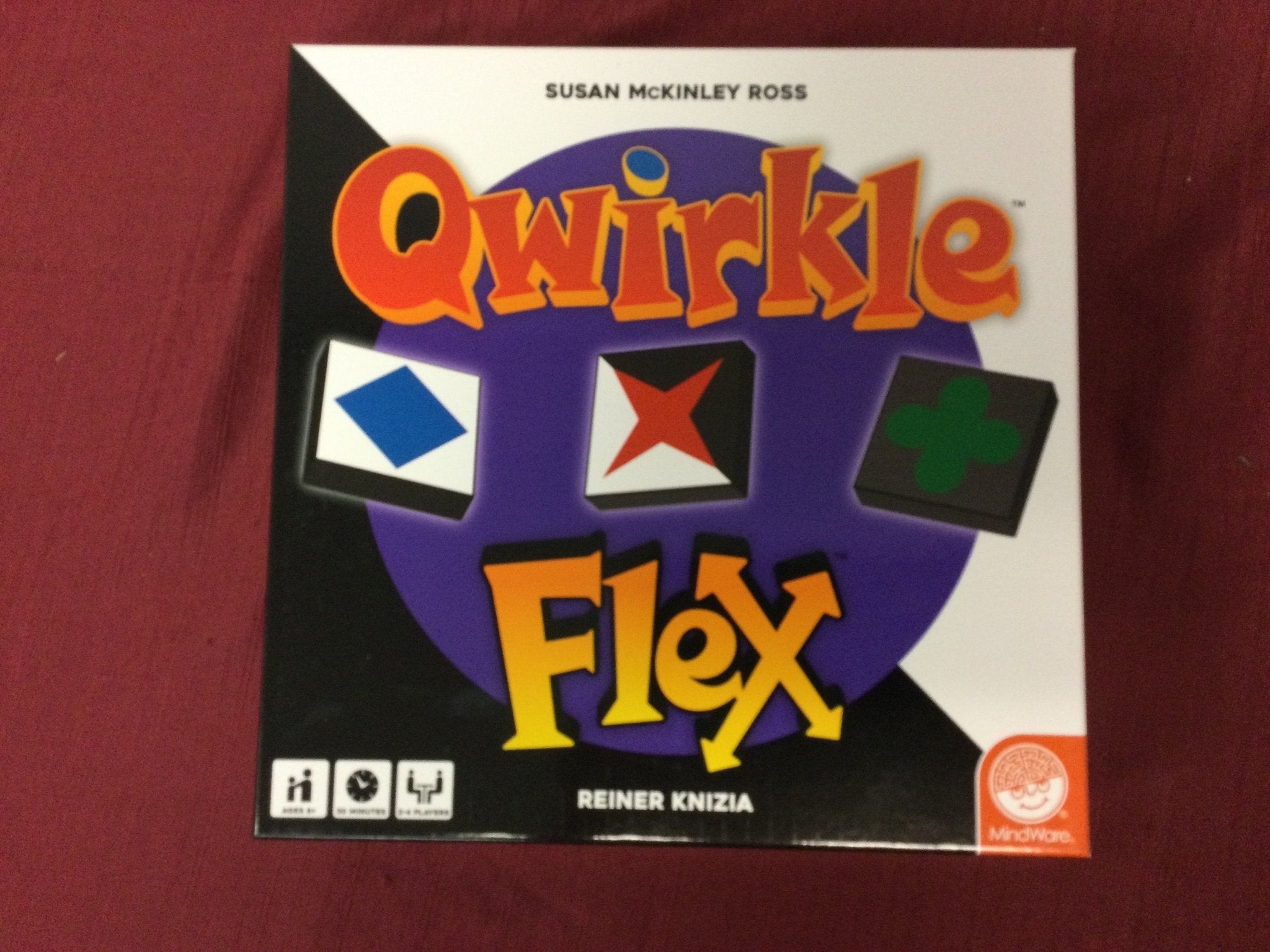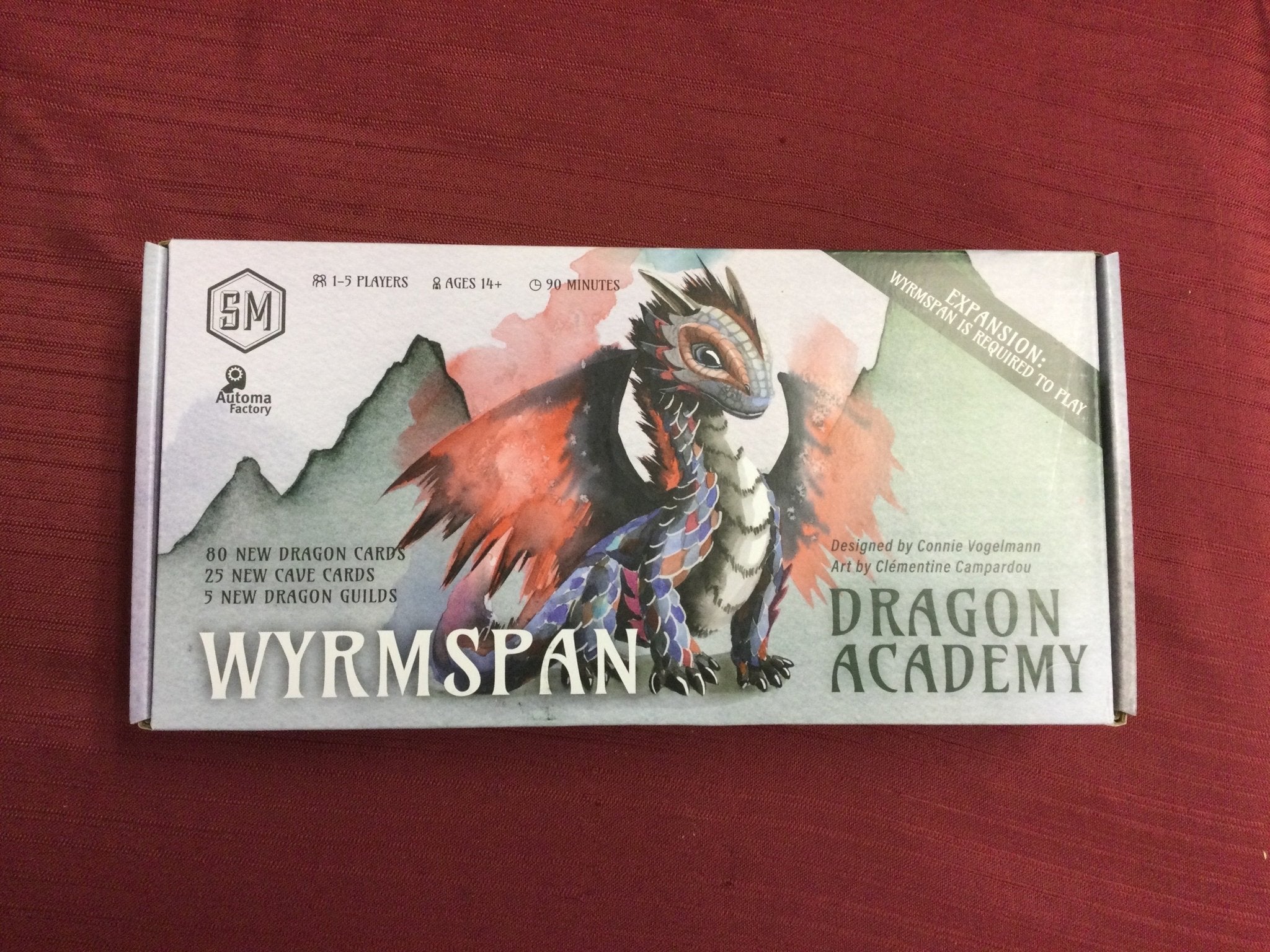1. Splendor
Player Count: 2–4
Designer: Marc André
Artist: Pascal Quidault
Playtime: 30 minutes
Description:
Splendor is a streamlined engine-building game where players act as Renaissance merchants competing to acquire gem mines, transport methods, and prestige. On your turn, you collect gem tokens, purchase cards that provide permanent bonuses, and eventually score prestige points and noble tiles. The game’s simple rules make it easy to teach, but the strategy and efficiency challenges keep it engaging.
Why we love it:
We love this one, it has that great engine-builder feel. You acquire cards to build your discounts, which lets you pick up more and more cards as the game progresses. Before long, you’ll be getting cards for free thanks to all the discounts you’ve stacked The Noble tiles give you a goal to strive for and its a race to get them and to get 15 points. The poker-style chips are a fantastic tactile component. My wife and I play this often, and we have it down to around 25 minute play time, so if we have a enough time we can do best 2 out of 3.
2. Carcassonne
Player Count: 2–5
Designer: Klaus-Jürgen Wrede
Artist: Doris Matthäus
Playtime: 35 minutes
Description:
Carcassonne is a tile-laying game set in medieval France. Players take turns drawing and placing tiles to build out a shared landscape of cities, roads, monasteries, and fields. You’ll strategically place your meeples to control features and score points. With easy rules and deep strategy, it’s a timeless gateway game.
Why we love it:
This is the one that really got me into the hobby. Since all players contribute to a shared map, the game has a puzzle-like feel as you try to complete roads and cities. You can play it as mean as you like when you weasel your way into partial ownership of someone else's roads and cities. After playing this many times you develop patterns or mini strategies. Plus there is over 10 expansions and many standalone versions which can be added to give variety.
3. Wingspan
Player Count: 1–5
Designer: Elizabeth Hargrave
Artists: Natalia Rojas, Ana Maria Martinez Jaramillo, Beth Sobel
Playtime: 40–70 minutes
Description:
Wingspan is a card-driven engine-building game about attracting birds to your wildlife preserve. Each bird has unique powers and habitat requirements. Over four rounds, players build combos, manage resources (food, eggs, cards), and develop efficient scoring strategies. The game is praised for its stunning artwork and relaxing yet strategic gameplay.
Why we love it:
As a nature lover, I appreciate the beautiful art and over 100 unique birds with intriguing powers. During the game, you build a tableau of bird cards that trigger in sequence, strengthening your actions each round. There is often a race to achieve the round goals and it has a great mix of points coming from bird cards, resources and objectives both public and private.
4. Calico
Player Count: 1–4
Designer: Kevin Russ
Artist: Beth Sobel
Playtime: 30–45 minutes
Description:
In Calico, players draft and place colorful fabric tiles to sew a patchwork quilt. The challenge comes from overlapping scoring conditions: personal design goals, color groupings, and pattern clusters that attract cats. It’s a puzzly, thinky game in a cozy package, offering crunchy decisions in a tight space.
Why we love it:
This game is great because it's quick, but it really scratches that puzzle itch. I love the challenge of trying to meet all the objectives, even though I'm limited to the tiles drawn. There is a real sense of tension in the later stages of the game as you put the last pieces on the board and hope everything fits just right.
5. Terraforming Mars
Player Count: 1–5
Designer: Jacob Fryxelius
Artist: Isaac Fryxelius and others
Playtime: 90–120 minutes
Description:
Set in a near future, Terraforming Mars has players competing as corporations working together (and against each other) to make Mars habitable. Through card drafting, resource management, and engine building, you’ll raise the temperature, increase oxygen levels, and create oceans. The game offers immense replayability through unique project cards and different corporation powers.
Why we love it:
The theme is fantastic in this one, every card has something meaningful to the idea of terraforming the planet. The global parameters being oxygen, heat, and tiles make it feel like we're working together to get this planet habitable, but there is only one winner. The variety of cards is compelling and your turns will have you triggering combos and satisfying chain reactions.
6. Dune: Imperium
Player Count: 1–4
Designer: Paul Dennen
Artists: Clay Brooks, Raul Ramos, Nate Storm
Playtime: 60–120 minutes
Description:
Dune: Imperium blends deck-building and worker placement mechanics. Players lead factions vying for influence, resources, and control over Arrakis. Each turn involves choosing cards to send agents to critical spaces, followed by a combat phase where players compete for valuable rewards. Multiple strategies—from politics to brute force—make this game highly replayable.
Why we love it:
The worker placement in this feels great with lots of contention for spaces as you struggle to get the resources you need. Deckbuilding is strong due to the many interesting cards, and they determine where you can place your workers and what card actions trigger. These cards also are used to buy new cards, or in combat as combat strength. The combat at the end of the round is intriguing because of the mix of known and unknown military strengths.
7. The Castles of Burgundy
Player Count: 2–4
Designer: Stefan Feld
Artist: Julien Delval
Playtime: 70–100 minutes
Description:
Castles of Burgundy is a classic Eurogame that uses dice-driven tile placement. Players build estates in 15th-century France by drafting tiles from a central board. Dice rolls determine your actions, but you can manipulate results with workers. The game is known for tight turns, smart planning, and satisfying progression.
Why we love it:
Each turn is a mini puzzle to figure out what is the best combination of actions. I always get a little rush when I come up with the perfect way to use both dice. Your rolls determine which tiles you can take and where you can place them, but you can manipulate them with workers to make your plan come together.
8. Ark Nova
Player Count: 1–4
Designer: Mathias Wigge
Artist: Loïc Billiau
Playtime: 90–150 minutes
Description:
In Ark Nova, you’re designing a modern, conservation-focused zoo. With five action cards, players build enclosures, play animals, partner with international projects, and support conservation efforts. It’s a heavy game with smart action selection and many viable strategies. Each session feels unique due to the variety of cards and objectives.
Why we love it:
This is a great game if you have the time and want to dive deep into the strategy of building a zoo. You’ll need to carefully balance your conservation goals with zoo appeal. The game is beautifully designed, with tons of unique animals and project cards that offer incredible variety. I enjoy the challenge of trying to obtain the cards to meet the various objectives, and knowing when things don’t go as planned. Money is tight, and you have to balance building enclosures and working to get the animals you want. There are many viable strategies, and every game feels a little different.
9. It’s a Wonderful World
Player Count: 1–5
Designer: Frédéric Guérard
Artist: Anthony Wolff
Playtime: 30–60 minutes
Description:
It’s a Wonderful World is a fast-paced drafting and engine-building game. Each round, players draft cards, then decide which to recycle for resources or keep for construction. Completed cards generate resources in a fixed order, so timing is everything. It’s sleek, strategic, and scales well with all player counts.
Why we love it:
This game has card drafting + engine building. Careful planning gets you the cards you need to produce the resources you want and align with the scoring objectives. It’s quick and fun, and even though card drafting should not work at 2, we mostly play at 2 player and have a great time doing it.
10. Brass: Birmingham
Player Count: 2–4
Designers: Gavan Brown, Matt Tolman, Martin Wallace
Artists: Damien Mammoliti, David Forest
Playtime: 90–120 minutes
Description:
Brass: Birmingham is an economic strategy game set during the Industrial Revolution. Players build networks of canals and railways, develop industries (like coal, iron, and beer), and compete for income and victory points. The game unfolds in two halves—canal era and rail era—adding layers of planning and adaptation. It’s deeply strategic, highly interactive, and known for tight competition and tough decisions.
Why we love it:
It’s a heavy game that rewards careful planning and long-term thinking. The tug-of-war over shared resources like beer and coal creates great player tension, and it always feels like there’s one more thing you wish you could do. This game also has an aspect that I really love in games if I use someone else's resource, they gain something from it too.




